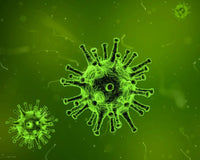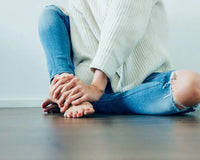Family Safety Week is a timely reminder of the safety precautions we can all take in our own homes.
The importance of having a first aid kit to hand cannot be understated. This is emphasised in recent times, with families across the country having to adjust to a lifestyle predominantly spent indoors.
Here’s a checklist for the essential items that you should keep stocked and replenished. You never know when you might need them.
Plasters
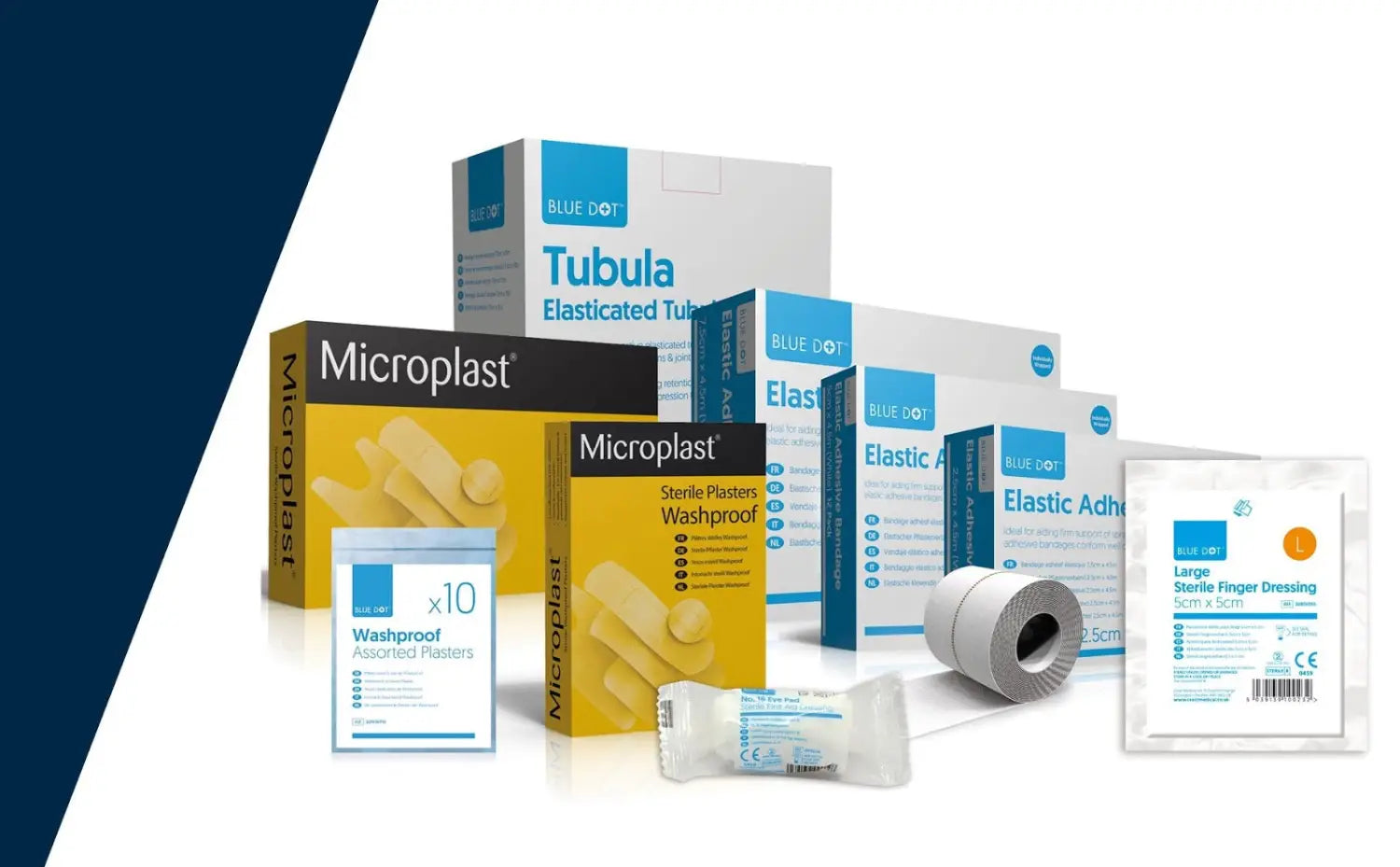
Minor cuts are among the most common injuries that take place in the home; whether you’ve made a misjudgement with the kitchen knife while preparing dinner, or one of the kids has taken a tumble.
Plasters come in three primary varieties: washproof, fabric, and blue plasters. For a more in-depth look into these, read our guide to different types of plasters here.
Fabric plasters are durable and breathable but don’t cope so well in wet environments. Washproof plasters, which are typically pink in colour, maintain a strong grip when they come into contact with moisture, making them a good choice for injuries on hands and other exposed areas of skin.
Children are particularly prone to bumps and grazes, whether playing in the garden or in the house. That’s not to say they get used to it, and the sight of blood can be a traumatic experience. Children’s plasters can go some way to reducing this with their use of character prints and cheerful colours.
Bandages
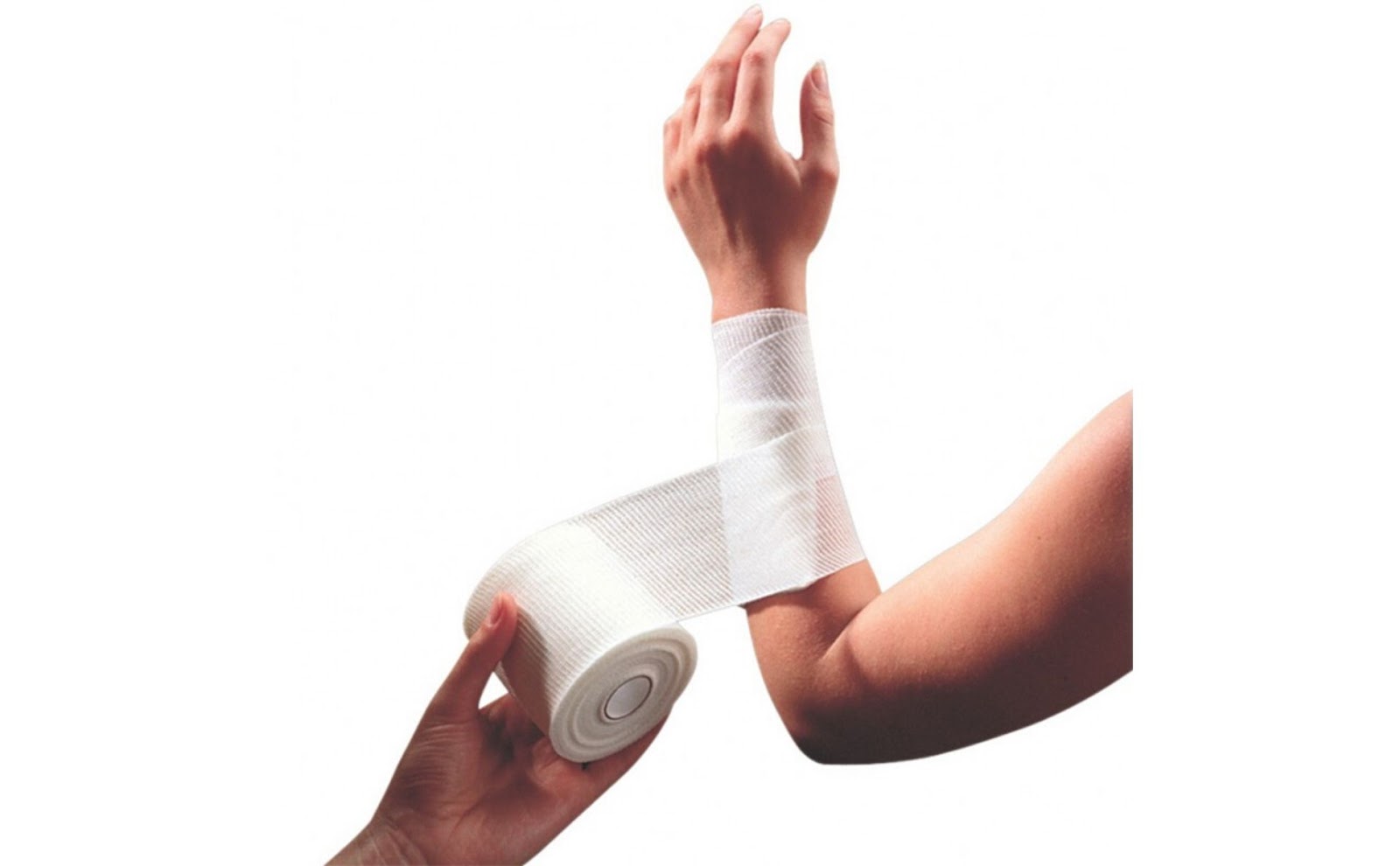
You should keep an assortment of bandage shapes and sizes. Triangular bandages can be used for large dressings and slings
Triangular bandages commonly serve as large dressings and slings for an injured arm or shoulder. Crepe bandages hold dressings in place and tend to sprained ankles and wrists.
Disposable gloves
Gloves are essential for maintaining sanitary conditions while treating wounds and cleaning areas for harmful substances and germs.
The range of disposable gloves available are made from a variety of materials that cater to a variety of environments, and come in different sizes too. You can read up on the qualities of each material here.
Wipes and sanitiser
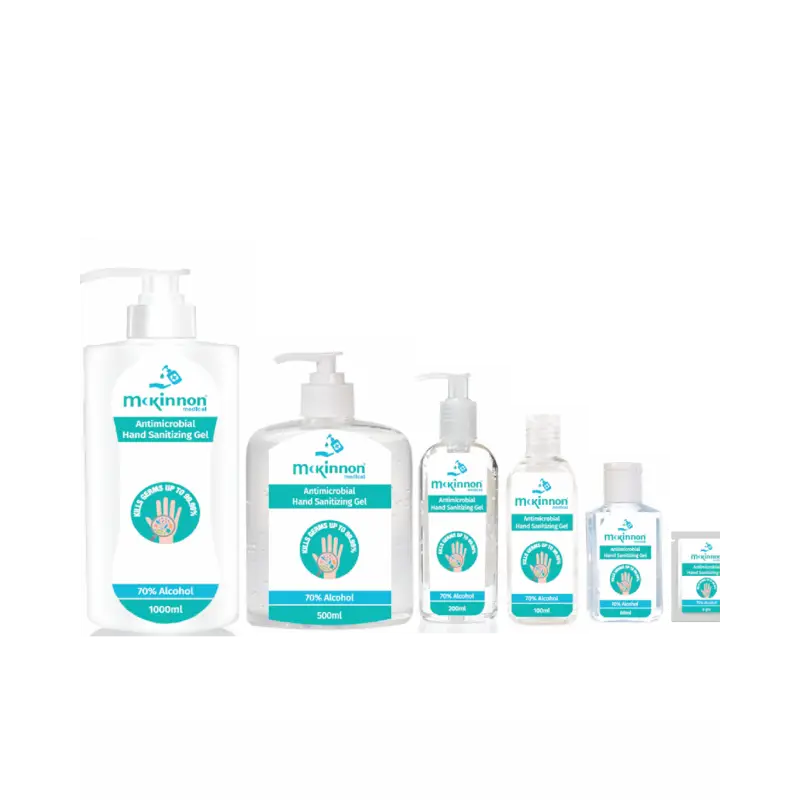
Gloves protect the skin on your hands from contracting and transferring infection, but you will need medical wipes and hand sanitiser to eliminate bacteria fully from surfaces and the skin around wounds.
Sterile medical wipes are perfect for ensuring the skin around wounds is kept clean. Hand sanitiser is a useful item to have readily available during first aid. While you are likely to have access to soap and clean water at home, pocket-sized sanitiser allows you to wash your hands at the scene of an accident outside.
Dressings
Another essential item, dressings come in a variety of sizes and you should keep a mix within your first aid kit.
They apply pressure to larger wounds and work to stop the bleeding. You should also stock up on adhesive medical tape; this is used to keep dressings in place and also works well for holding down the loose ends of bandages.
Useful accessories
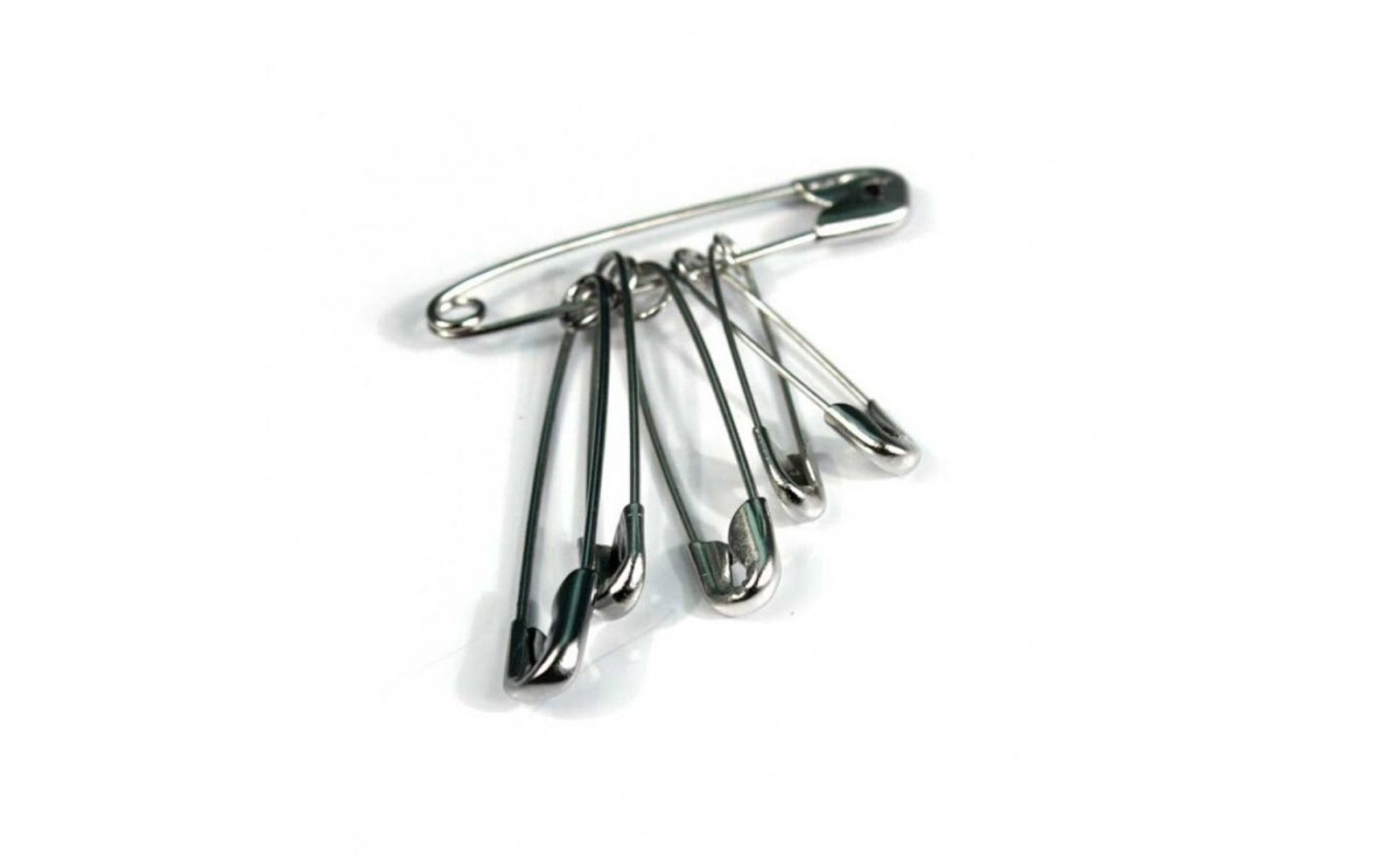
There are many useful first aid items that aren’t commonly found as standard in first aid kits. We have compiled a comprehensive list of these in our guide here.
Safety pins are one such overlooked item and are perfect for holding bandages in place. Tweezers are also handy for removing splinters.
Smaller first aid accessory items can be crucial during an emergency. Scissors are common in first aid kits and are used to cut bandages, tape, and even clothing if it is obstructing a wound.
At First Aid Warehouse, you’ll find all the items you need to complete your comprehensive first aid kit. We can also offer discounts for bulk and repeat orders. Contact us for further details.


